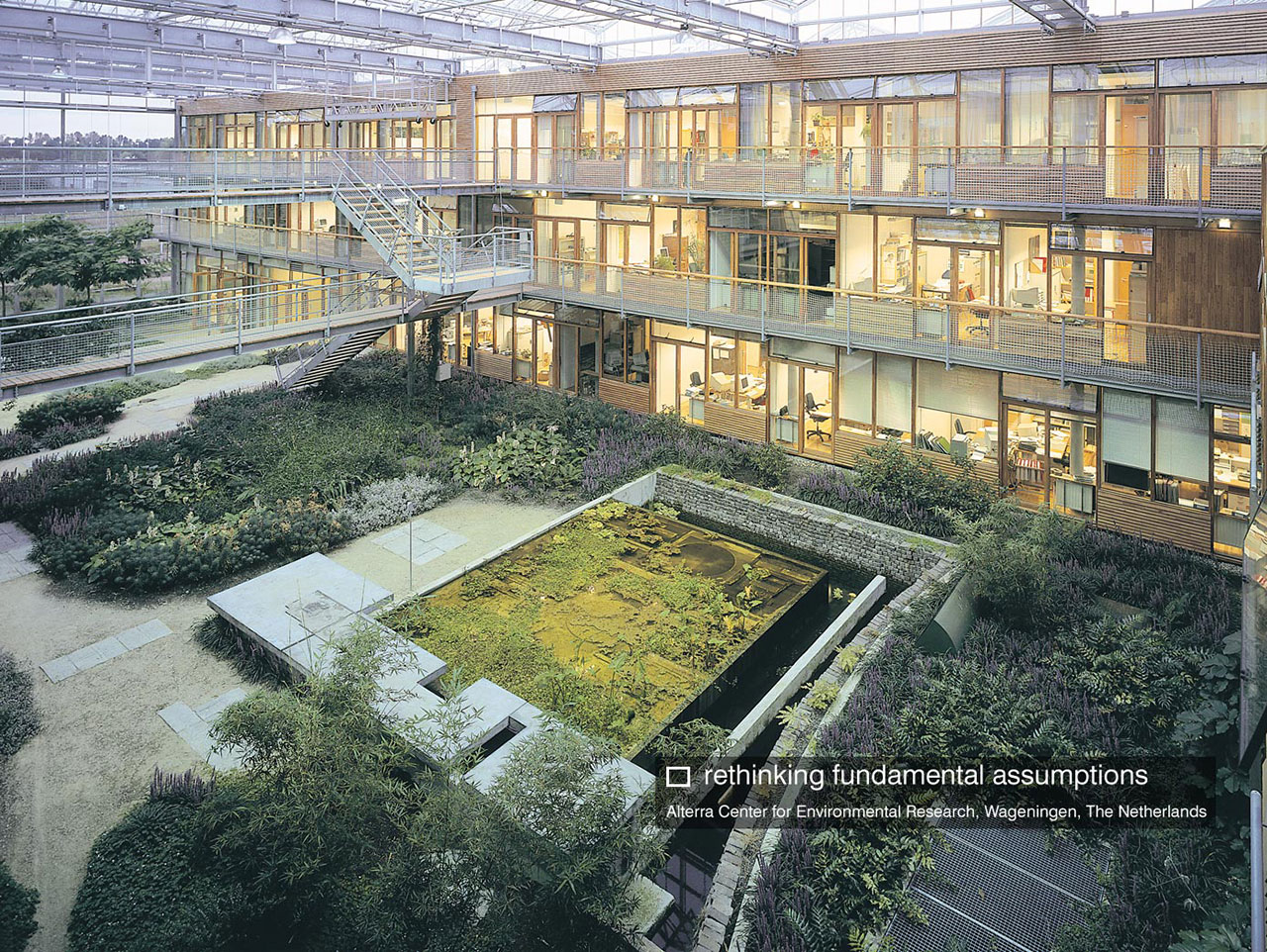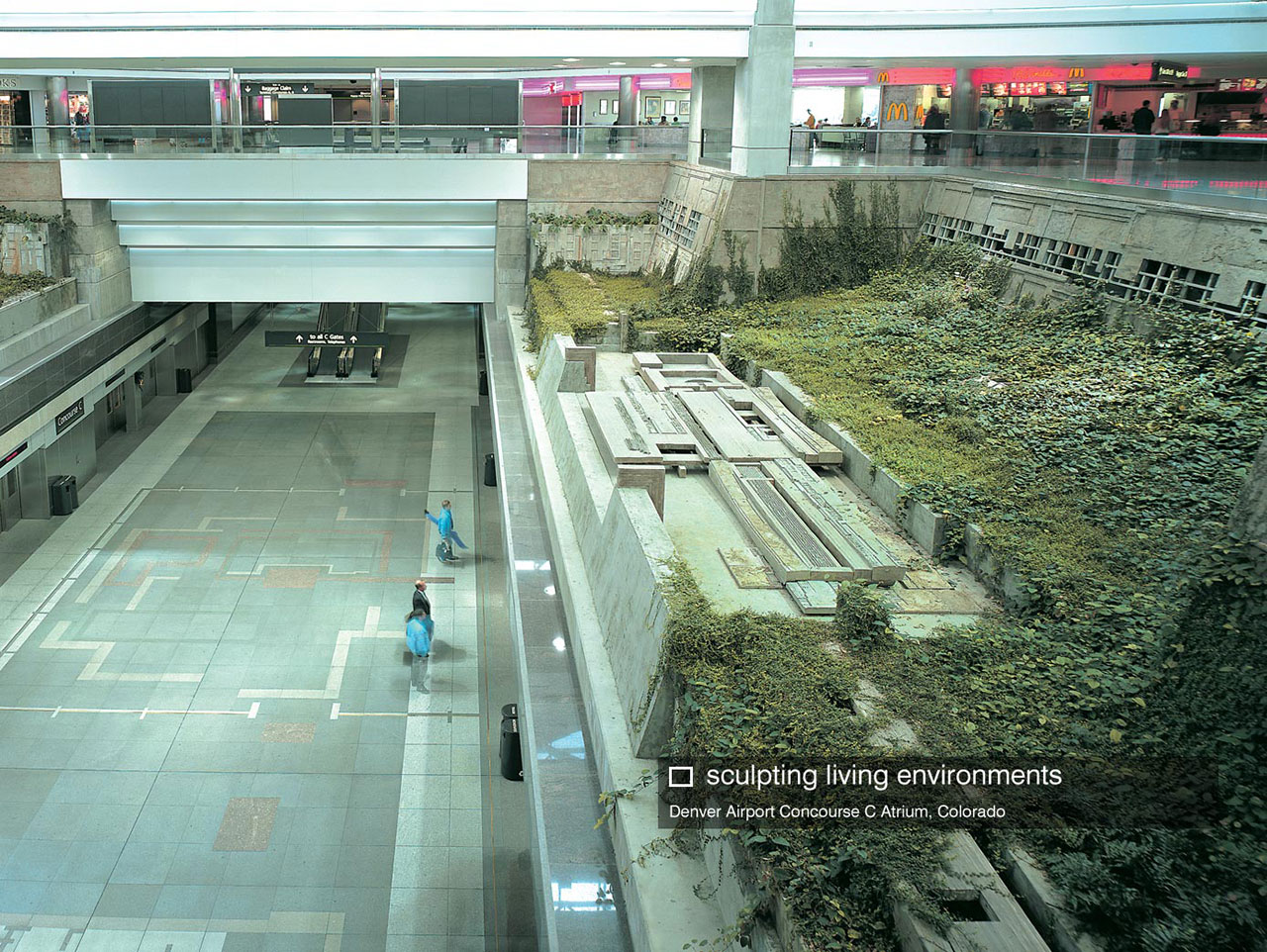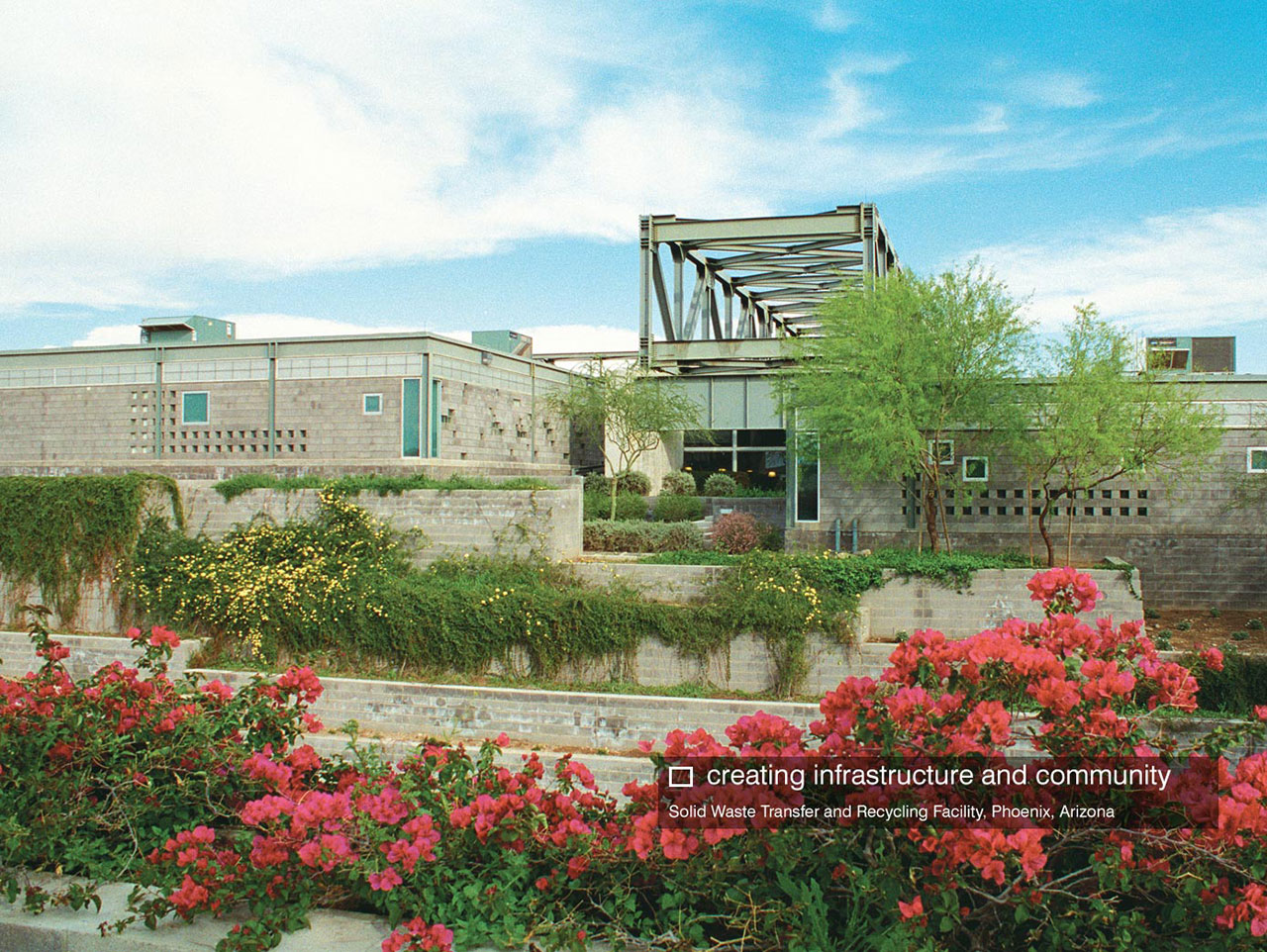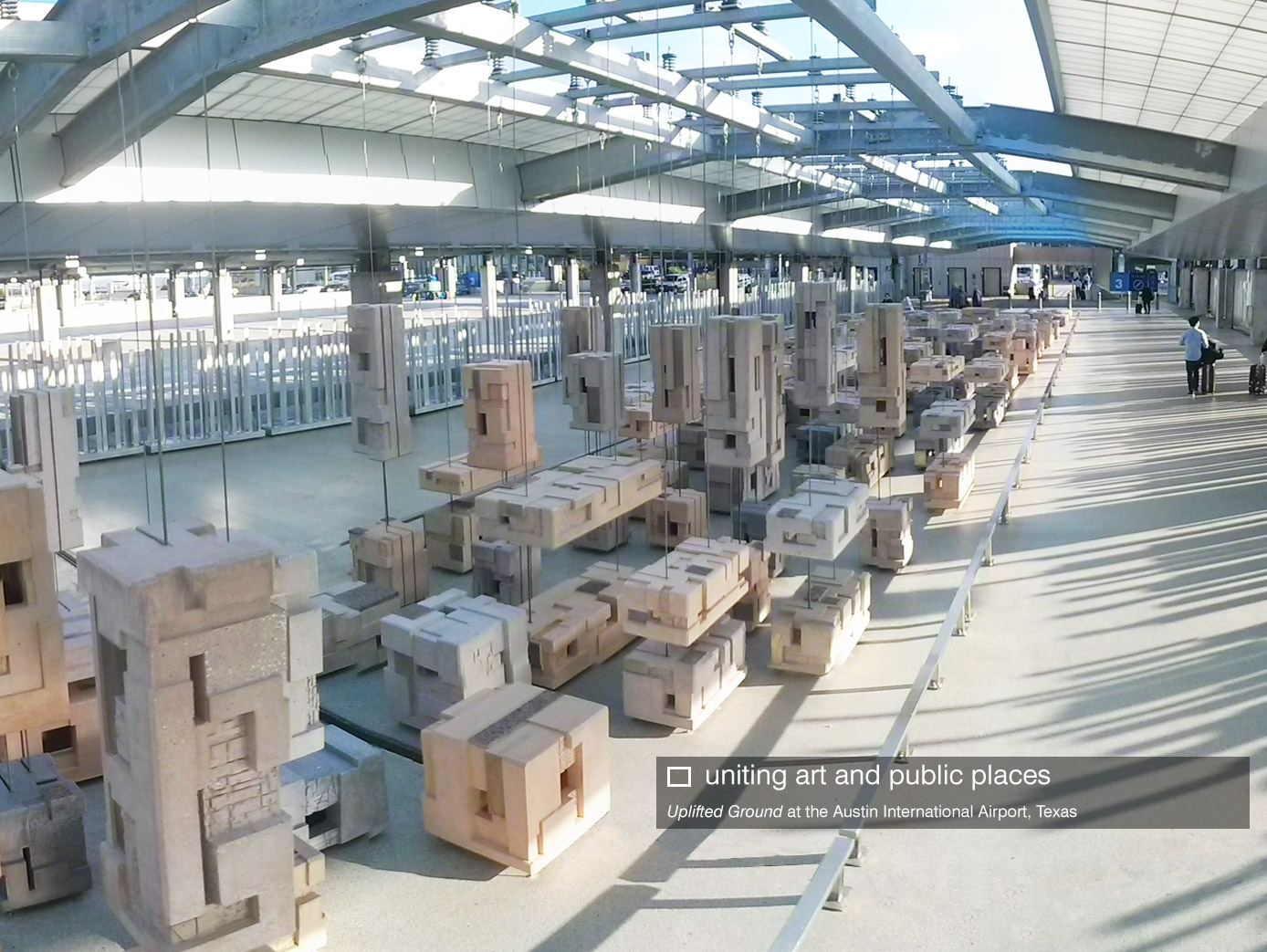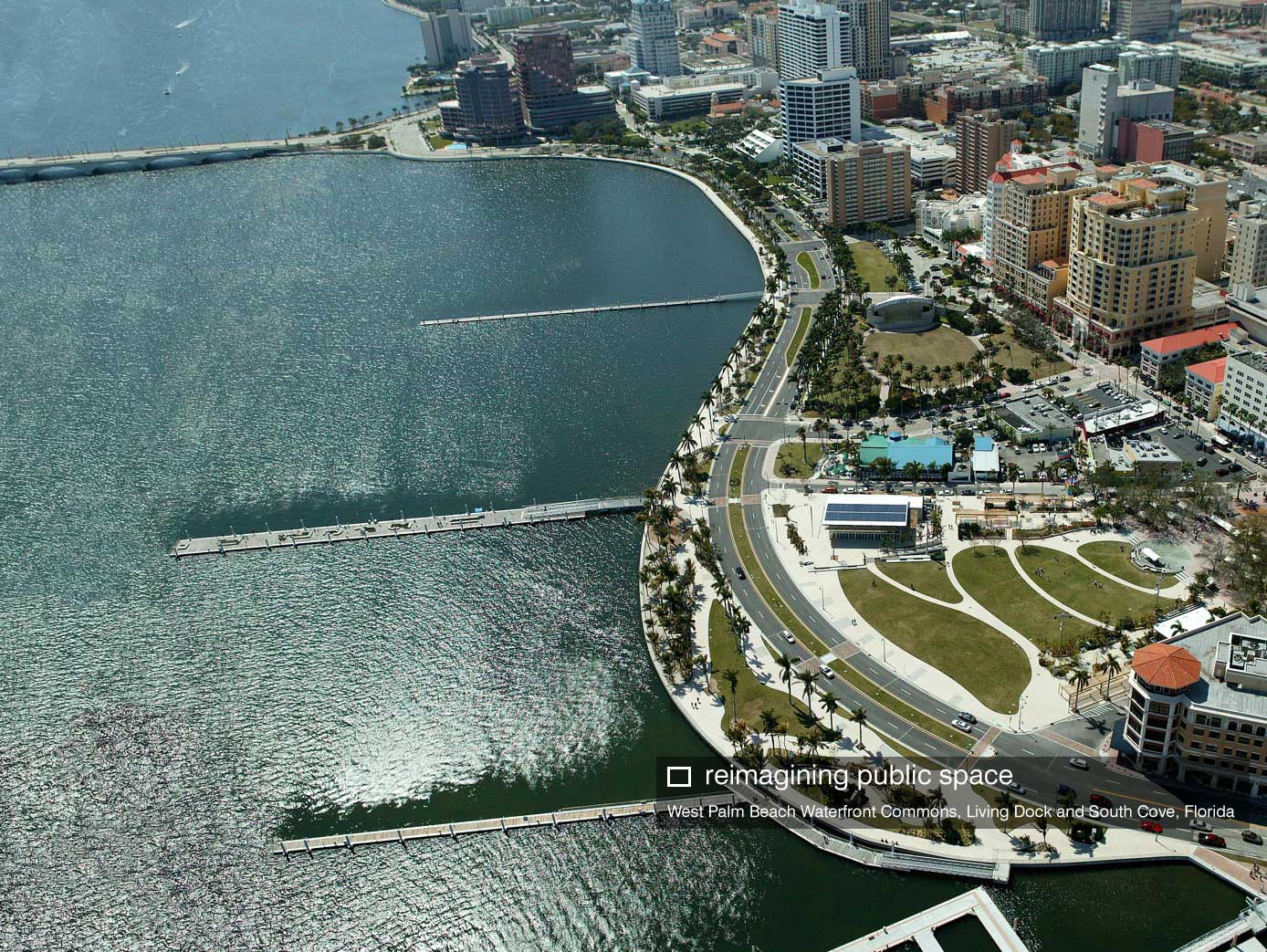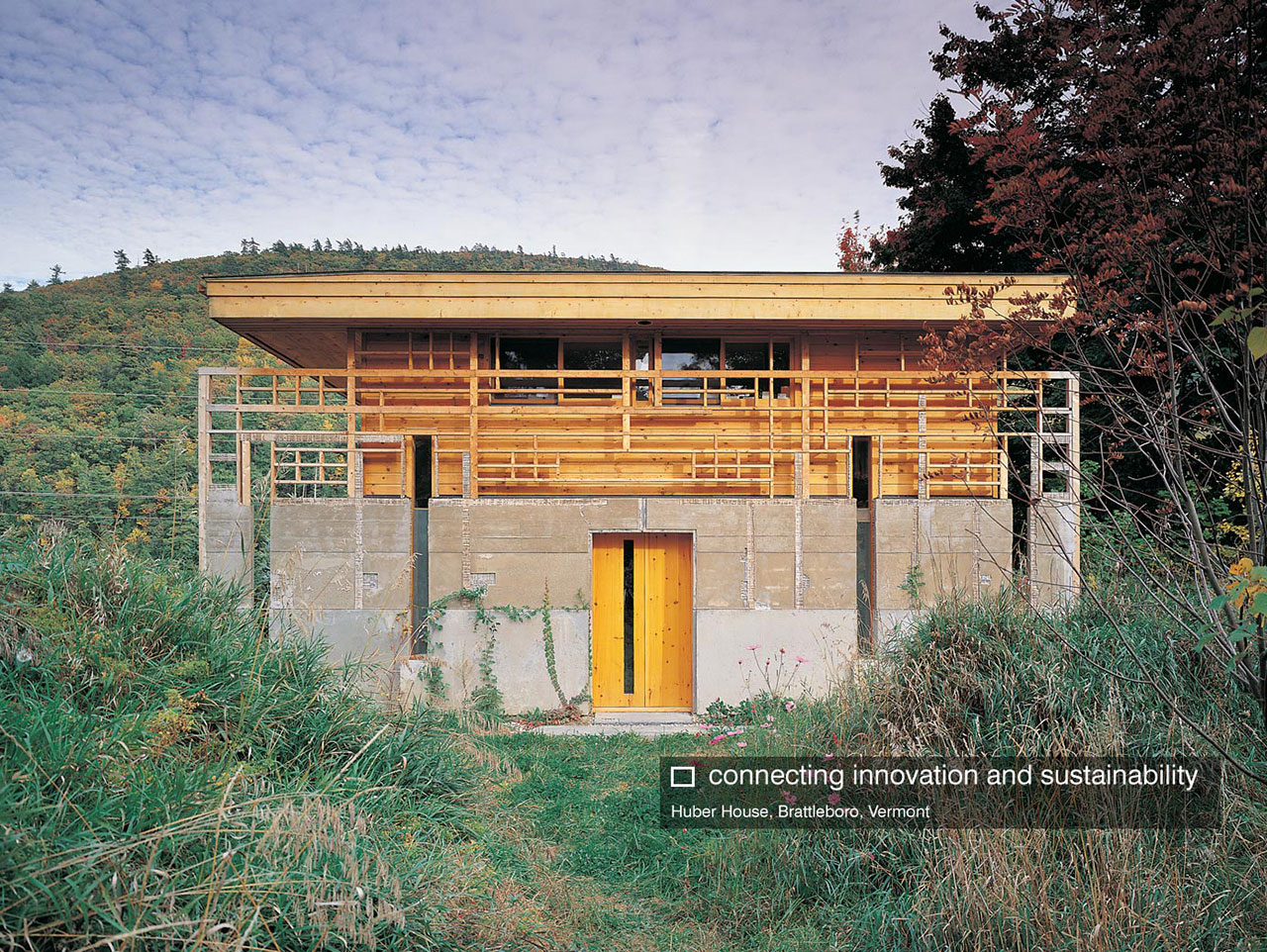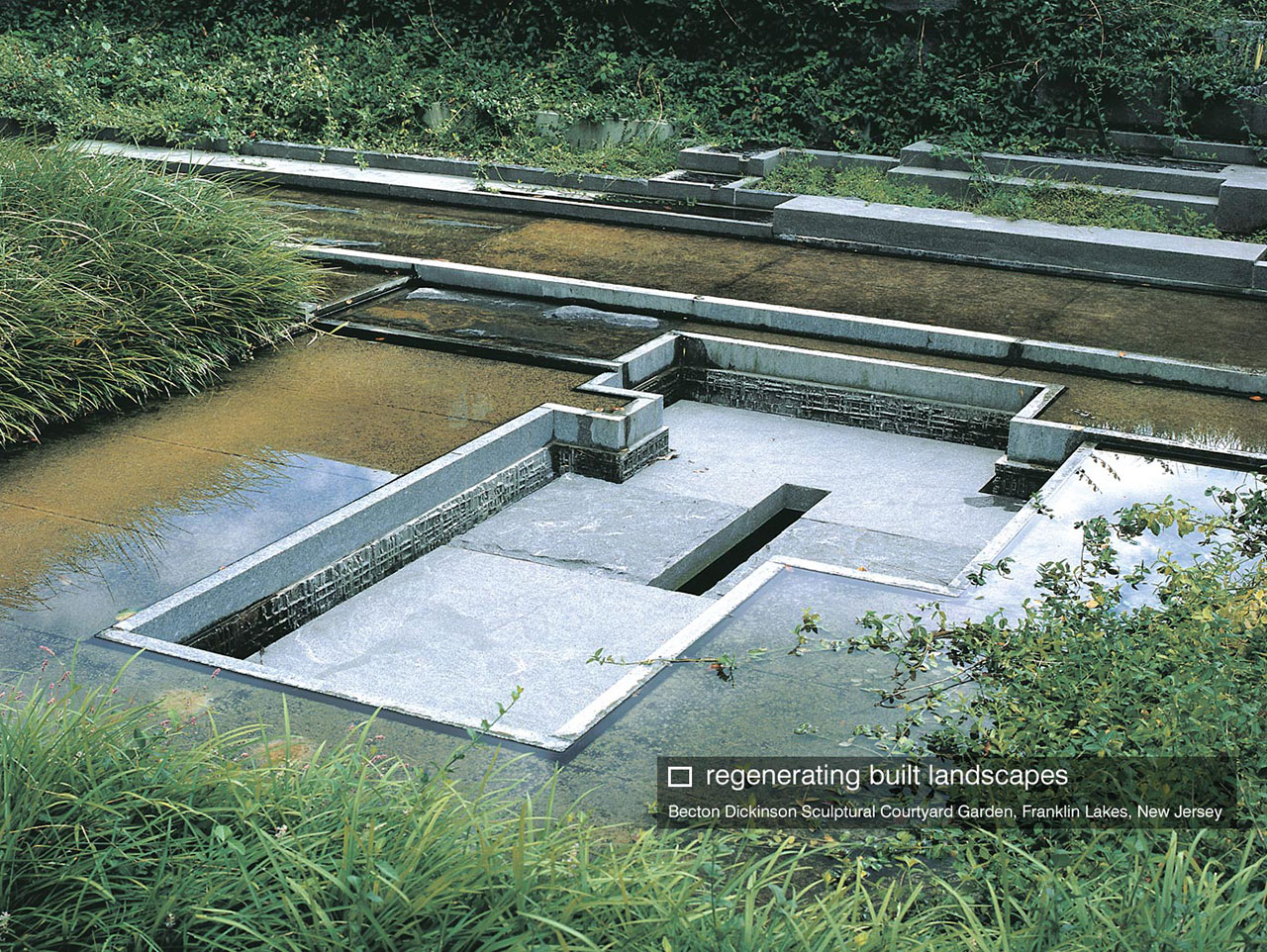Ecological Design
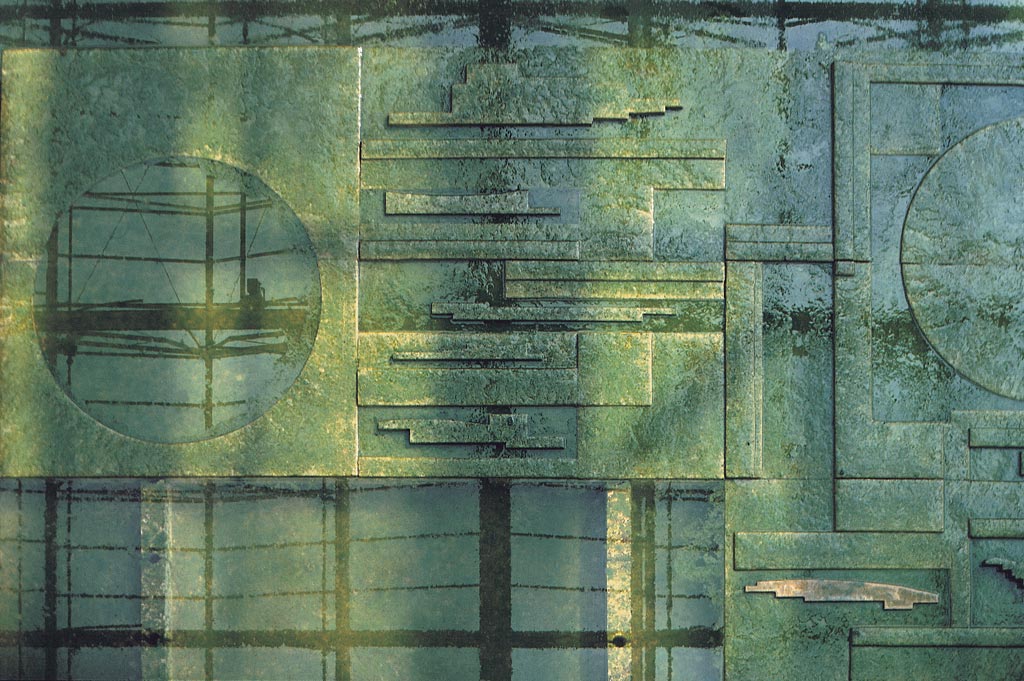
For Michael Singer Studio, ecological design is much more than minimizing harm to the environment, it is a fundamental principle to the Studio’s work that seeks to restore and regenerate the environment through in-depth systems analysis and integrated design. When designing the New Haven Waterfront in 1988 Michael Singer engaged wetland ecologists, historians, planners, biologists and water quality specialists to set the groundwork for the eventual ecological regeneration of the site. 25 years later Michael Singer Studio is still working with collaborative teams on regenerating waterfronts and landscapes through a comprehensive understanding of water systems and ecology. Recent examples include the Living Dock, South Cove, and Howard Park in West Palm Beach, Florida, Queens Plaza in New York City, the Paradise Creek Nature Park in Portsmouth, Virginia, and Lake Worth Beach and the Living Shoreline Regeneration Project in Lake Worth, Florida (several of these projects can be seen here ).
Several of the Studio’s sculptural garden projects are based on ecological design principles as well, utilizing the works of art to actively clean water through a combination of passive and active systems. The Seminole Sculptural Biofiltration Wall was conceived as a living system designed to regenerate the surrounding environment by improving water quality, enhancing habitat viability, as well as informing and inspiring the public about ecological systems. The project filters approximately 150,000 gallons of water a day through mechanical and biological systems, improving the water quality of the adjacent retention ponds. The retention pond water is used for irrigating all of the vegetation on site and the entire filtration system and evening LED lighting is powered by a solar pv system. The Alterra Atria Gardens in Wageningen, The Netherlands function as the “lungs and kidneys” of the building complex, cleaning air and gray water as well as providing comfortable climate control. The process begins with stormwater, filtered through an exterior retention pond and constructed wetlands, which is then conveyed into the atria spaces. The sculpted atriums then progressively filter the water through a series of pools with emergent aquatic vegetation and fish. The design was created in collaboration with the scientists working at Alterra, an environmental research institution for the EU. Accordingly the design also provides research and experimentation sites within the garden for environmental scientists working for the institute. These two projects are based on ecological design principles and embody a collaborative process that merges sculpture with ecological function. Click here to learn more about these projects and others.

